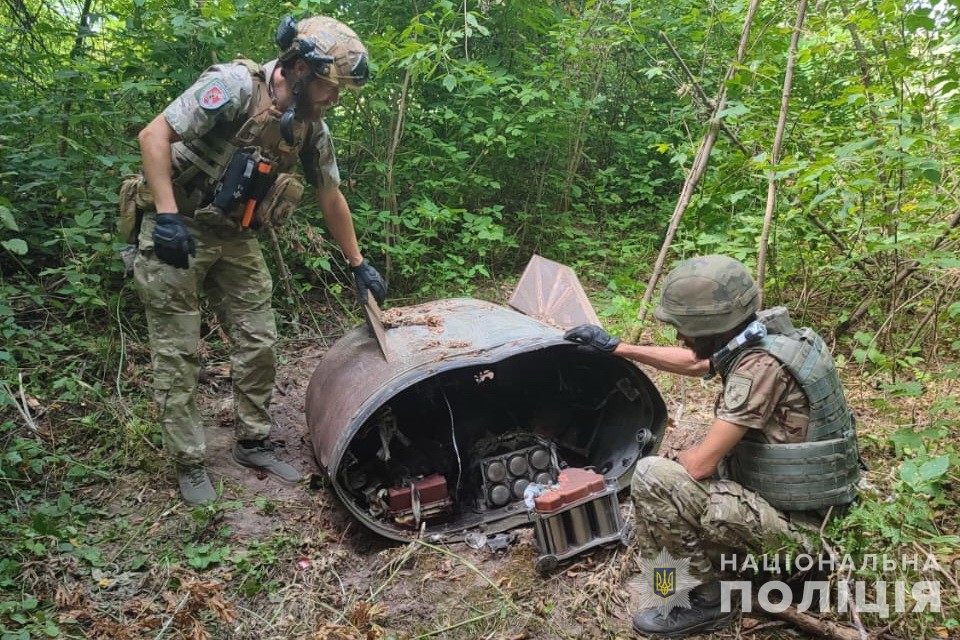Russia has a shortage of microchips in its war against Ukraine, but the country has found a solution for this. Russian companies are using old Dutch ASML machines in the production of weapons to be used against Ukraine.
As reported by Dutch newspaper Trouw, intermediaries in China provide spare parts, allowing Russia to keep the machines running. As a result, Russia can produce some of its own chips for tanks, missiles, and drones. These are weapons used daily to attack Ukrainian civilians and military personnel.
As of 2023, Dutch company ASML it is the largest supplier for the semiconductor industry and the sole supplier in the world of extreme ultraviolet lithography (EUV) photolithography machines that are required to manufacture the most advanced chips.
The company has long since stopped sending spare parts. The company confirms that it complies with the imposed sanctions on Russia. They claim to have not shipped anything to Russia for years.
One advantage for Ukraine is that the machines do not produce the most advanced chips. However, according to American university lecturer Chris Miller, author of Chip War: The Fight for the World’s Most Critical Technology, this may not be a problem for Russia. According to the university lecturer, Russia can still easily make simple chips for tanks, airplanes, drones, and missiles.
"Simple chips are often used in the military, but actually in all devices. A car contains thousands of chips, but only a few of them are the latest technology,'' Miller noted.
In essence, Russia doesn't need the latest state-of-the-art chips to continue weapons production.
Spare parts through middlemen, China and Serbia
The question is how Russia manages to keep its ASML equipment running for so long. Without new spare parts, a machine can break down after only a year, experts say.
A number of small Russian importers could explain the circumvention. Customs records accessed by Trouw show that, since the start of the Russo-Ukrainian War, they have gotten spare parts for ASML machines into the country at least 170 more times. And that lasted at least until December 2023.
These are middlemen who scour the market for usable parts, such as the highly specialized ASML equipment. They then resell the imported goods to manufacturers in Russia. Some of these traders, such as AK Mikrotekh and Ostec-EC, are already on Western sanctions lists because they have proved important to the arms and chip industry.
Other importers from the customs data accessed by Trouw are not yet on sanctions lists. These include Krafftek from St. Petersburg, and VLK-Logistika from Moscow. In addition, the Dutch outlet notes that other ways Russia manages to acquire these chips is through middlemen in China and Serbia.
Western chips in Russian weapons
Increasingly, there is more evidence on Western chips featured in Russian weapons, which are being used against Ukraine. For example, after the Russian missile attack on Poltava on 3 September, news on social media reported that there are 27 parts originating from the US in the Iskander-M missile - a similar missile that Russia fired at Poltava on that day.
It has not been publicly reported whether US parts were specifically in the missile that was fired at Poltava. Nonetheless, the example showcases the importance of strengthening the fight against sanctions circumvention.
In addition, Dutch investigative journalists from NOS and Nieuwsuur made similar conclusions based on their own investigations earlier in 2023, noting that a small group of Chinese companies obtains the Dutch chips and re-exports them to Russia month after month.
Related:
- Millions of Dutch chips end up in Russia despite EU sanctions – NOS/Nieuwsuur investigation
- Ukrainian soldiers have captured Russian UAV with chips from western home appliance and inscription “USSR”
- Ukraine intel names companies whose guidance microchips found in Russian weapons
- Some 450 foreign-made microelectronic components identified in Russian weapons recovered in Ukraine – RUSI
- How foreign microchips end up in Russian tanks despite sanctions
- Russian missile strike on Poltava university and hospital kills 41, injures over 180

